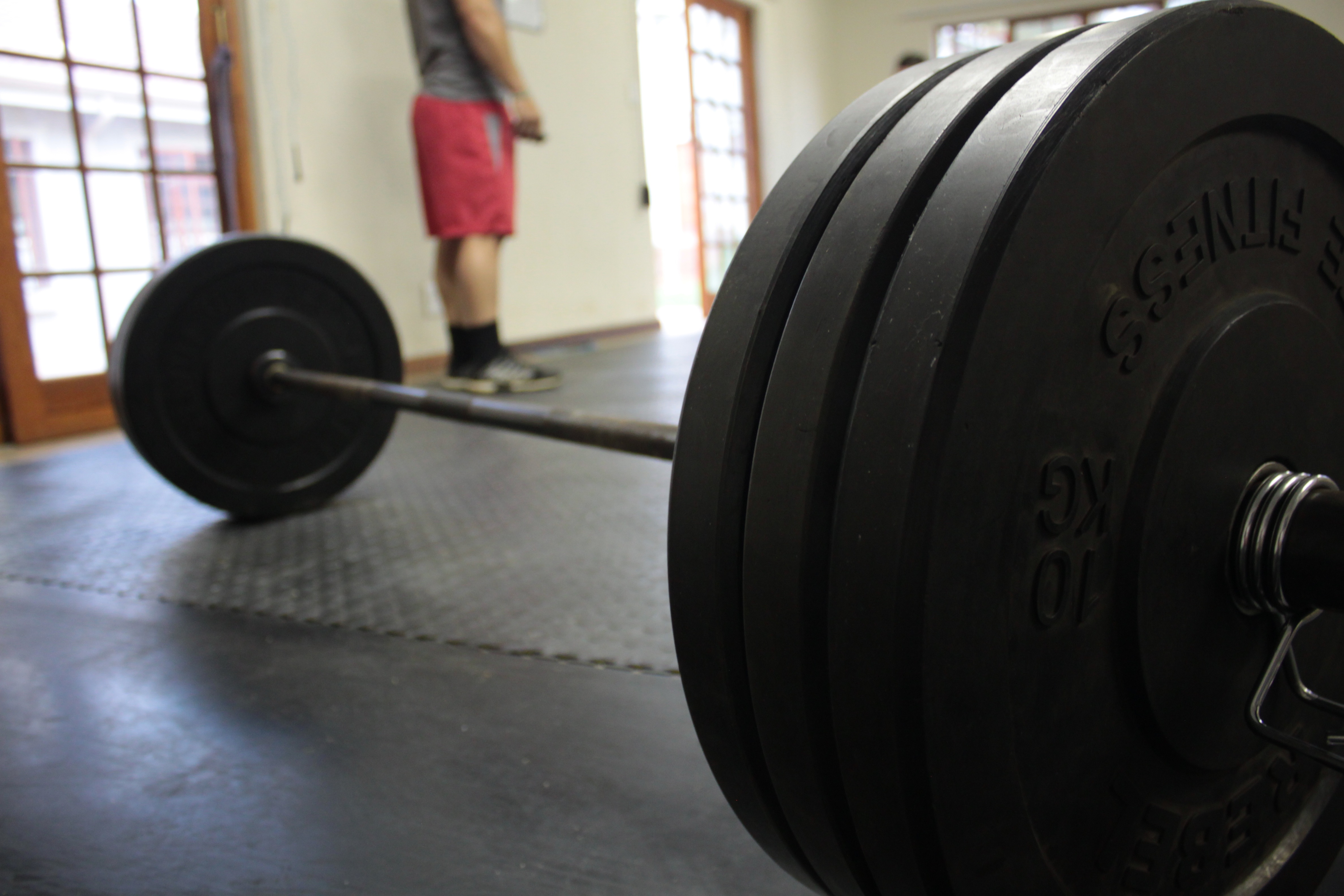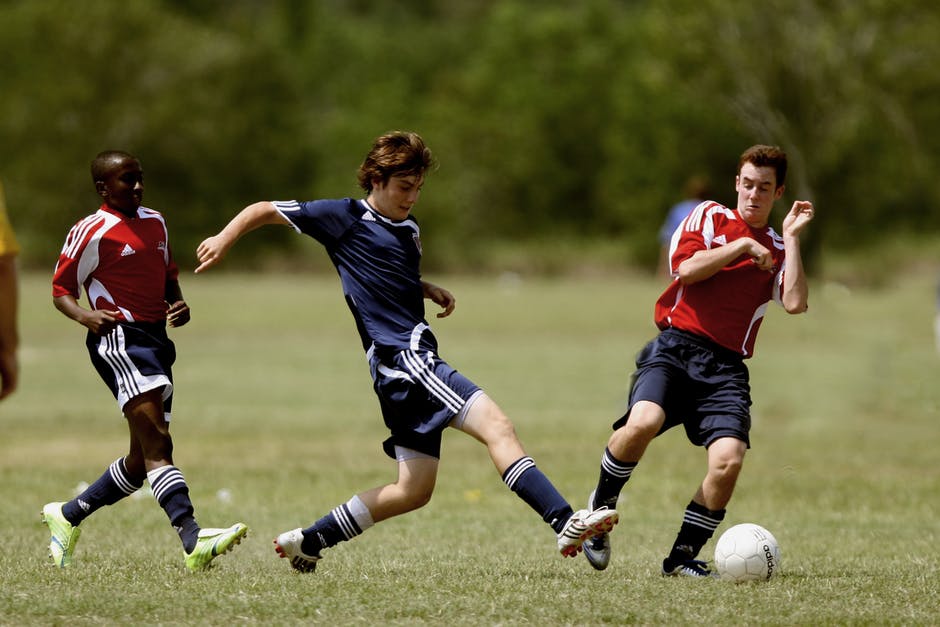Strength and conditioning is widely used in the preparation of athletes for their sport. As you can image, a lot of it is subject to the background of the coach. For example, years ago I competed in Olympic lifting. As a result, the programs for my athletes looked a lot like an Olympic lifter’s program. People with powerlifting backgrounds tend to develop programs that are heavily oriented towards powerlifting, Cross-fitters develop programs oriented towards Cross Fit, etc.
Here’s the fly in the ointment, athletes have to be able to apply those qualities developed through strength and conditioning to their sport. If they cannot apply those qualities, then the time that was spent training was largely wasted. While we want athletes to be bigger, faster, stronger, etc. we want them to be able to express that in their sport because at the end of the day they are training to be better at their sport.
This is a fundamental departure between training for fitness, training for an iron sport, and training for athletics. When training for powerlifting, for example, lifting heavy weights is the goal. When training for football, lifting heavy weights is a means to make an athlete a better football player.
The idea that we want to be able to use what we develop through strength and conditioning is important for several reasons:
1. Athletes have a finite amount of time to train. This is true no matter what level an athlete competes at. Athletes still have to eat, practice their sport, compete, recover, go to school, work, and have lives outside of sport. This means that since training time is limited, training has to be prioritized so that limited time is spent wisely. In other words, training should ensure the best possible return on the athlete’s time investment.
2. Athletes have a limited ability to recover. If you add in practicing for the sport, competing, traveling, and life then strength and conditioning is only a part of the physical and mental stressors to the athlete that they have to recover from. This means that there needs to be just enough strength and conditioning to benefit the athlete, but not so much that it negatively impacts everything else. This goes back to prioritizing to get the best return on the time spent. For example, performing thirty sets of quadriceps work will really develop the athlete’s quadriceps – but when it is combined with speed, plyos, agility, and practice it will contribute to a reduction in performance and possible patellar tendon issues because no athlete can recover from all of those things.
3. Athletes have to be able to move with that muscle mass. Often people that are not sport coaches don’t think about this one. Some athletes can put on an unlimited amount of muscle mass, but others have to be able to jump, throw, run, and kick with that. The extra mass may throw all that off or have unintended consequences. For example, an elite long jumper might be significantly stronger with twenty extra pounds of muscle mass but it’s unclear if they’d be able to jump as well due to the extra mass. For another example, a baseball pitcher may want 20 inch biceps, but that extra muscle mass combined with all the biceps work may be just enough to develop some real rotator cuff problems. So this has to be approached with care and deliberation.
4. There is a point where the return is no longer worth the risks. As athletes become more fit, it becomes more difficult to improve their fitness. This is also the stage where there are greater risks of injury from strength and conditioning. A coach must carefully consider this and weigh out the risks versus the benefit when athletes reach this stage.
With the above in mind, here are some principles to help a coach make sure that training has some transfer to the sport:
• Strength training is only a tool: For most athletes, four to five exercises, done for three to five working sets, is going to be plenty for each strength training session. Factor in mobility work, prehab exercises, metabolic conditioning, and any core training and you have a 45 to 60-minute training session.
• Athletes need to be strong…: Strength training, to get the best return on investment, should be focused around multi-joint exercises that are primarily ground-based. Athletes need the strength to be able to exert a great deal of force against the ground, but for most athletes getting far past a double-bodyweight squat probably isn’t going to be necessary.
• …but they need to know how to use that strength: In other words, athletes need to know how to move! This is where the sport’s practices, plyometrics, the Olympic lifts, speed, and agility training all factor in. Not only do athletes need to be able to move vertically, they have to learn to do so horizontally as well.
• Athletes do more than strength and conditioning: This means that this has to be factored in with everything else. Each tool needs to be deliberately inserted into a program so that it complements the other tools and allows for the athlete to have time to recover. For example, if we squat heavy today, sprint tomorrow, and perform exhausting scrimmages the next day then we never give our legs a chance to recover.
Athletes do not train for the sake of training. They may like the effects of training, but at the end of the day they are training to improve their performance in their sport. If training does not aid performance, then it may be a waste of the athlete’s time and may be counter-productive.



